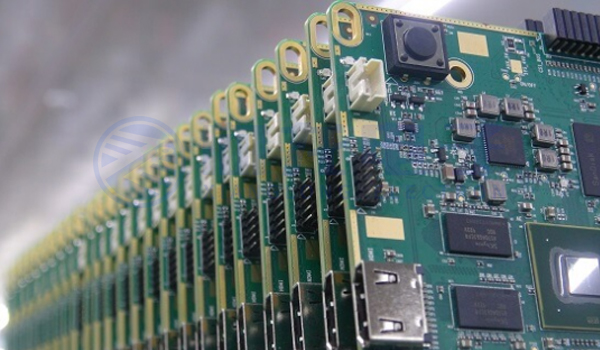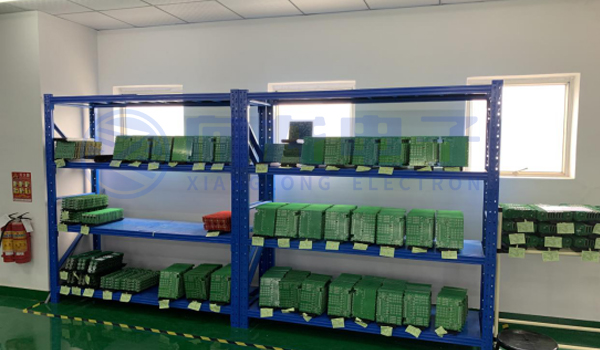How does reduce tin beads in SMT production
April 30 , 2021After reflow soldering processes, QC often found that tin beads remain on the PCBA surface. It will bring some hidden danger,
maybe the tin beads are going to move underenvironmental factors, if move to chips or the pin of the components position,
it is going to cause a short circuit or reduce shortened service life.

The root cause of tin beads by PCB assembly:
1.When the solder paste is printed, the amount of tin on the PCB pad is too much, and the excess solder paste is squeezed out after reflow soldering, which is easy to form tin beads.
2.If the stencil is used for a long time and the operator does not clean the stencil in time, it is easy to have solder paste on the PCB during printing, and tin beads will be formed after reflow soldering.
3.The PCB board is damp, and the water explodes during reflow soldering, and the splashed tin beads are scattered on the board surface.
4.In the process of "hand soldering", the chance of "tin beads" appearing is not high. Rosin is often used in manual soldering, and occasionally there may be "tin beads" remaining on the surface of the pad. Compared with rosin, The existence of "tin beads" is more harmful to the product.
Measures to reduce PCBA tin beads:
1.Pay attention to the production of stencil, and adjust the size of the opening appropriately in combination with the specific component layout of the PCB to control the printing volume of solder paste. Especially for some dense foot components or board surface components are denser.
2.Bake the PCB for at least 1-2 hours to ensure that the moisture on the PCB is removed, and the solderability of the circuit board is enhanced to reduce the generation of tin beads.
3.Train the operators to grasp the correct welding time and position, add the appropriate amount of solder and pay attention to timely and correct cleaning of the soldering iron tip. And strictly compile "Manual Welding Process Requirements", and carry out standardized and controllable process requirements for "Manual Welding". Can effectively avoid the production of "tin beads".
In view of the "tin bead" problem, a detailed analysis of different welding processes is carried out. Practice has proved that through material selection and process control, it is entirely possible to reduce the production of "tin beads" in the current electronic welding process.

Tags :